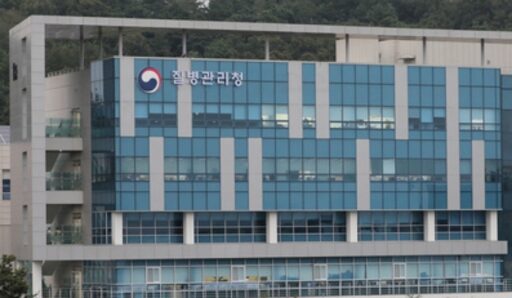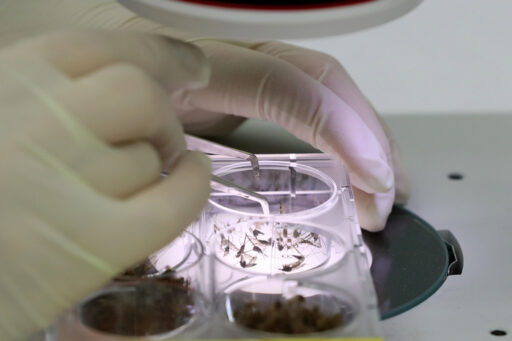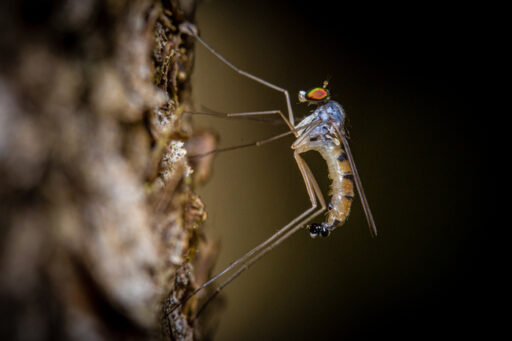Malaria Advisory Issued, Surge in Mosquito Population Expected During Monsoon Season
The Korea Disease Control and Prevention Agency (KDCA) issued a malaria advisory on the 20th.
With the monsoon season approaching, there is an expectation that the population of malaria-bearing mosquitoes will increase rapidly, thus requiring the public's attention.

This advisory was issued because during the 25th week of this year (from June 8 to 14), the population of 'Aedes mosquitoes' collected from domestic malaria risk areas exceeded the advisory threshold in three cities and counties.
KDCA monitoring results confirmed that the density of malaria-bearing mosquitoes in Cheorwon, Paju, and Hwacheon exceeded the standard threshold.
According to the KDCA, the malaria advisory is issued when the 'mosquito index' is 0.5 or higher in three or more cities or counties.
The mosquito index refers to the average number of mosquitoes caught per day by one mosquito trap.
Status of Malaria Risk Area Monitoring and Patient Occurrence Trends

Currently, the KDCA has designated 49 cities and counties in Seoul, Incheon, Gyeonggi, and Gangwon as malaria risk areas and is continuously monitoring the density of malaria-bearing mosquitoes.
Among the 69 monitoring sites in these areas, the three aforementioned regions met the advisory declaration criteria.
The issuance of the malaria advisory this year is one week later compared to last year.
The KDCA analyzed that, "The nationwide average temperature in May was 16.8°C, which is 0.5°C lower than the average and 0.9°C lower than last year, resulting in a decrease in the occurrence of malaria-bearing mosquitoes."
As of June 14, the total number of malaria patients this year stands at 130, which is a 9.1% decrease compared to the same period last year (143 patients).

By region, Gyeonggi Province accounts for the largest share at 63.8%, followed by Incheon at 18.5% and Seoul at 10.0%.
Epidemiological investigations suggest that the main infected areas include Paju, Yeoncheon County, and Ilsan Seo-gu in Gyeonggi Province, as well as Ganghwa County in Incheon.
Preventive Measures Against Malaria
To prevent malaria infection, it is important to refrain from outdoor activities during nighttime when mosquitoes are most active.
If it is unavoidable to go out at night, wearing light-colored long-sleeved shirts and long pants to minimize skin exposure is advisable.
Moreover, thoroughly maintaining screens at home to block mosquitoes is an effective measure.

In particular, if symptoms such as fever occur after nighttime activities in malaria risk areas, it is recommended to visit a nearby health center or medical institution for testing.
KDCA Director Jeong Mi said, "We expect the population of malaria-bearing mosquitoes to gradually increase around the monsoon season," and urged, "Please strengthen mosquito control in malaria risk areas and adhere to mosquito bite prevention guidelines."
Image Sources: Korea Disease Control and Prevention Agency / KDCA, Reference photos for understanding the article / News1, Reference photos for supporting the article / gettyimagesbank


